World-famous locations like Hawaii, the Cayman Islands, and other tropical “bucket list” destinations are generally the first places that spring to mind when looking for outstanding snorkeling areas. However, we are here to tell you that there’s no need to leave the United States to discover fresh underwater treasures. Traveling to California will get you greener waters, gorgeous kelp beds, friendly seals, rays, and an unusual diversity of fish!
This western treasure, nicknamed the “Golden State,” is famed for its stunning beaches and fantastic surf places. It may not have warm seas, but with the correct wetsuit undergarments, you and your family and friends may have a safe and enjoyable snorkeling trip.
California has a lot of shallow water activities because it is a coastal state. This means you’ll be snorkeling primarily in Southern California, but you’d be amazed where else you can go freediving without going off the coast! Just make sure to investigate the ideal times of year to go boating, since each season offers a different experience. Don’t be shocked if you want to return year after year!
California snorkeling provides a diversity of aquatic life along its lovely beaches, as well as excellent clear-water rivers and lakes that are worth exploring. This guide will help you find the top snorkel places in California, whether you’re traveling to the Northern, Central, or Southern parts of the state.
Snorkeling conditions in California
Though the weather near the shore is good for most of the year, snorkeling in California is not enjoyable at any time. Because the Pacific Ocean contains cold waters, wetsuits are required virtually all year, but let’s look at the weather conditions in each location separately.
The water in Southern California will be warmer, ranging from 70 to 75 degrees (21-24 C). During the winter, temperatures dip to around 60 degrees (15 degrees Celsius) (and occasionally much lower). Expect the waves to be a little harsher in the winter, which will affect the water clarity. Northern California has a distinct climate. Come snorkel during the peak summer months to get the most out of the experience, but don’t forget to bring your wetsuit.
Northern California Snorkeling Spots
Let’s start the list off with the top Northern California snorkeling spots.
McAbee Beach
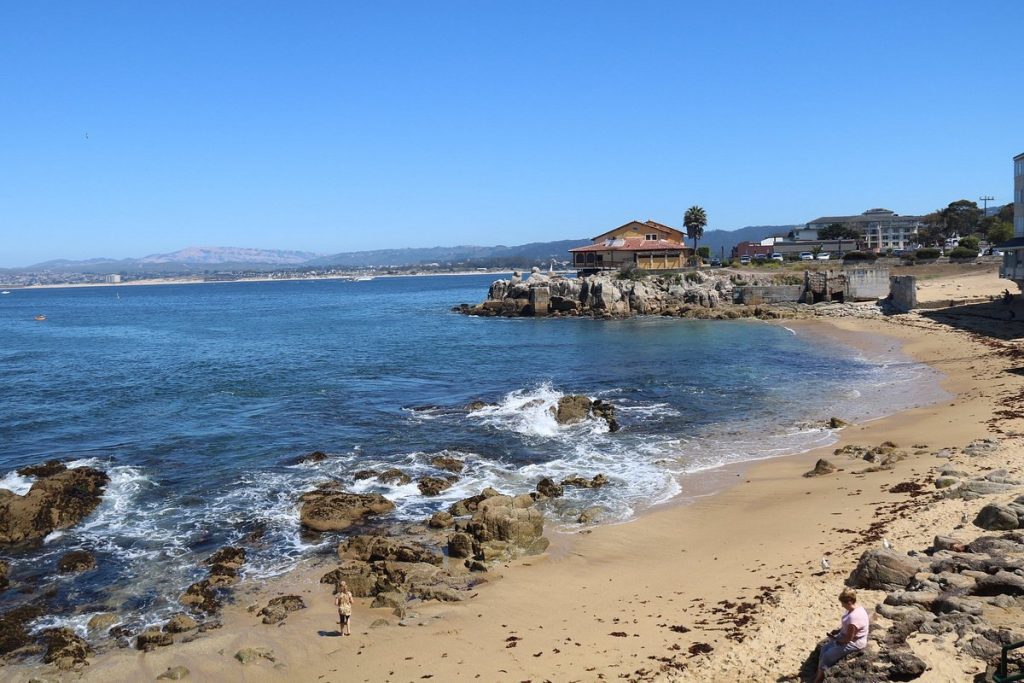
Monterey Bay is home to McAbee Beach. If you want to go snorkeling in northern California, this is one of the greatest spots to visit. Divers and snorkelers may easily enter the water from the beach.
The ancient underwater pipes are a distinctive feature here. Around the pipes, an artificial reef grew, which is today teeming with marine life and fish. After you’ve finished snorkeling, you may kayak here.
Gerstle Cove

Gerstle Cove is located directly below the visitor center of Salt Point State Park. The Gerstle Cove State Marine Reserve has declared these waters as being protected. Because fishing is prohibited here, there is a greater variety of marine species to see when snorkeling.
Because the beach is rough, families with little children should exercise caution. To avoid injury, bring water shoes with you. While Salt Point provides some protection for the cove, the coastlines are occasionally battered by large waves. Tide pools are available to explore during calmer seasons and when the tide has gone out. Aside from snorkeling, the park offers a variety of activities, including hiking and mountain bike paths. You can also camp along the park’s southern boundary. A fantastic spot for the whole family to enjoy!
Carmel River State Beach
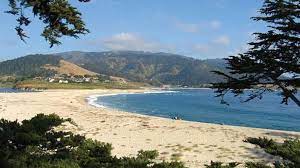
Carmel River State Beach is the city of Carmel’s main beach. This is one of the best Northern California snorkeling destinations because it resembles Hawaii on clear, calm days.
There are beautiful granite formations to explore in the south areas of the shore. Monastery Beach is visible to the left, while Point Lobos is visible to the right. The finest aspect is undoubtedly the scenery, which you will never tire of seeing.
Southern California Snorkeling Spots
If you prefer the warmer waters of Southern California, you are in luck as there are just as many places to snorkel in the area. Read on and find out where you can snorkel in Southern California.
Channel Islands

The Channel Islands, which make up the national park of the same name, are an outstanding series of islands off the coast of Santa Barbara. Five of these islands, including Santa Rosa, San Miguel, Santa Cruz, Santa Barbara, and Anacapa, are unquestionably among the top snorkeling spots in Southern California. (If you only have time to visit one island, we recommend Santa Cruz!)
The islands provide breathtaking vistas as well as consistent high winds and strong currents, making it only suitable for experienced swimmers with appropriate equipment (like a dry snorkel).
The islands of Anacapa, Santa Barbara, and eastern Santa Cruz are popular snorkeling spots. During favorable weather, snorkelers will be able to view up to 50 feet deep and explore kelp forests and sea caves. Over a thousand underwater species such as sea lions, seals, dolphins, and whales teem these marine ecosystems.
What’s the best part? You’ll dive in a combination of tropical and chilly waters ranging from 52 to 66 degrees, which will require a wetsuit to keep you comfortable during your dives. At certain locations, visibility can reach 100 feet or more. In this exceptional visibility, you may expect to spot Halibut, White Sea Bass, Yellowtail, Sheephead, Bat Rays, and Garibaldi. Spiny lobsters can be seen up close if you do some diving here.
Catalina Island
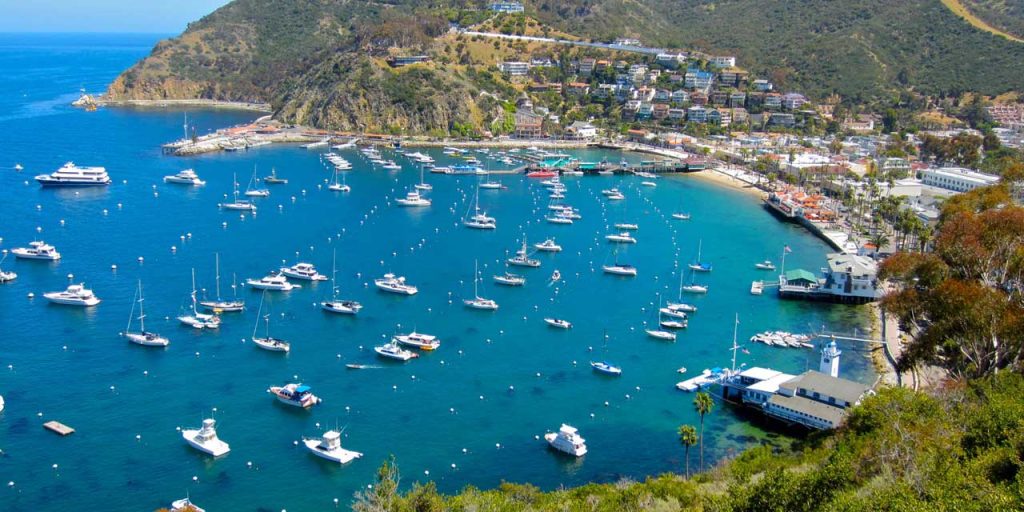
Catalina Island is located off the coast of Los Angeles. The only channel island with a sizable population is this one. To reach the island, take one of the daily mainland California boats to Avalon, the main tourist destination.
Catalina Island offers fantastic snorkeling opportunities. This popular snorkeling and diving area is 22 miles south of Los Angeles and may be reached by plane or boat from Newport Beach. It is surrounded by clear seas with visibility up to 80 feet and rich marine life.
With good reason, Catalina Island is regarded as one of the top California snorkeling spots. Leopard Sharks, Garibaldi, Yellow Tail, Rock Cod, and Bat Rays are also possible sightings. A large benefit is the excellent sea visibility. There are other submerged wrecks to examine in the deeper seas, although they are more suited to divers than snorkelers.
There are many additional untouched snorkeling locations on the island outside Avalon, but the Avalon Underwater Park and Lover’s Cove are two of the most recommended. Make a point of visiting the suggested snorkeling area near the Catalina Island Casino, Lover’s Cove, a sheltered bay with lush kelp forests, and Casino Point Dive Park (near Avalon), where you may see intriguing shipwrecks, sea urchins, sea cucumbers, tree fish, and—if you’re lucky—octopus.
In comparison to the Channel Islands, swim alongside horn sharks, eels, yellowfin tuna, guitarfish, huge sea bass, and other pelagic sea critters in warmer seas. Make plans to remain for a few days to explore the island’s different beaches and snorkeling locations with the help of visitor-friendly tour operators.
La Jolla Cove
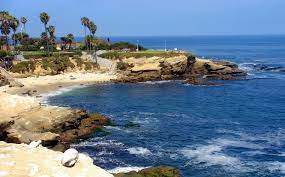
Consider visiting the famous La Jolla Cove in Southern California for a family-friendly snorkeling adventure. Snorkelers of all levels go to this section of the San Diego La Jolla Underwater Park Ecological Reserve to enjoy some of the state’s cleanest waters.
La Jolla is located to the north of San Diego, California’s largest city. This lovely spot provides tourists not just magnificent beaches but also some of the greatest snorkeling in Southern California, which is accessible to the entire family owing to the normally calm seas. There are also a few places to rent sporting equipment in La Jolla, but we recommend carrying your own snorkel set for sanitary reasons.
Because of its huge tidelands, rich marine life, and an amazing display of undersea structures waiting to be discovered, the whole park and reserve is ranked as one of the top ten snorkeling spots in the world. From June to December, the surrounding La Jolla Shores is home to sea turtles, dolphins, urchins, shovelnose guitarfish, and even the world’s largest gathering of gorgeous and harmless leopard sharks. The La Jolla Cove also has seven marine caverns, including Clam Cave, which is popular with snorkelers when the tide is right. From June to December, several leopard sharks may be found swimming in the waters of this secluded harbor. These are entertaining to watch, are completely harmless, and are only a few feet long.
A 35-foot deep underwater graveyard (also known as “Tombstones”) about 100 yards from the La Jolla Cove Bridge Club has monuments set in commemoration of fallen spearfishermen and freedivers, including members of North America’s first diving and spearfishing club, the “Bottom Scratchers.”
Laguna Beach
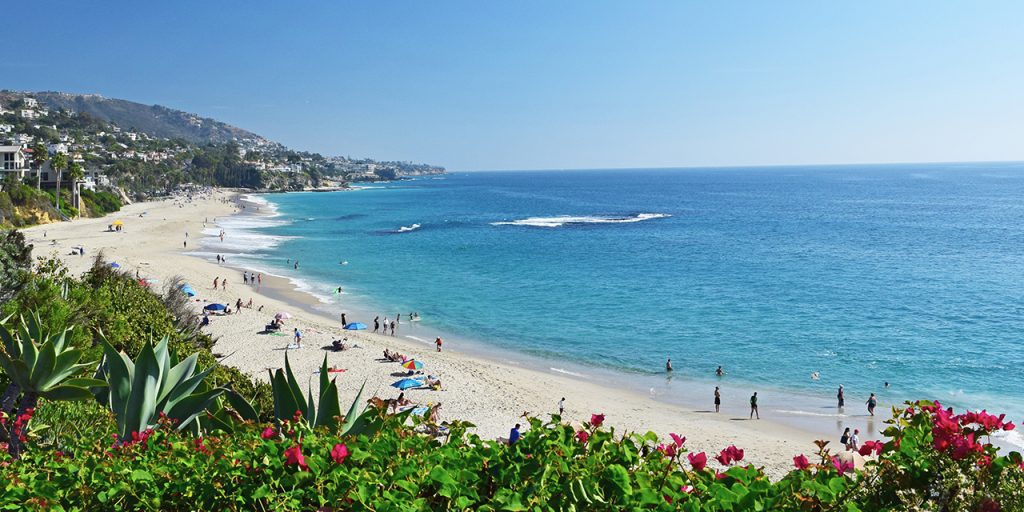
During the summer, the little coastal community of Laguna Beach in Southern California may get rather crowded, but there is one region that remains largely unaffected. You may explore the clean, pure waters and tidal pools at the bottom of the Heisler Park Ecological Reserve cliffs to your heart’s content—as long as you don’t remove anything from the water.
Laguna Beach is one of the state’s most famous beaches, but it’s also a hidden gem for anyone looking for the greatest snorkeling in California. Shaw’s Cove, a nicely disguised beach beneath some of the city’s residences, is a must-see if you’re in the area. Make sure to sign up for a two-hour kayak journey to Seal Rock, where you may snorkel among dense kelp forests, reef structures, and, depending on the weather, California sea lions! The Cliff Drive and Fairview Street crossroads, which is barely a block off of California’s Pacific Coast Highway, provides public access. To get to the beach, you’ll have to travel down a lengthy stairwell, but the reward is well worth the effort.
There are tide pools to explore during low tides. Snorkelers and scuba divers will both join the waters off the coast from this beach (there are scuba diving classes here if you are interested). After you’ve finished snorkeling, there’s a wide flat rock section towards the south end of the beach where you may climb.
Crescent Bay
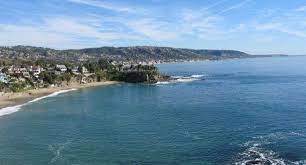
Crescent Bay, which gets its name from its crescent-like shape, is a great California snorkeling destination not far from Laguna Beach. The beach provides excellent views of the opulent Laguna houses. On both the south and north ends of the beach, there are superb snorkeling spots with enormous kelp forests. Only an odd ray trolling the smooth sandy bottom may be found in the center.
The beach’s greatest characteristics are mostly to the north. The tide pools here complement the underwater geology, making it a fascinating snorkeling spot. At one place, the reef extends out around 100 feet from the coast. A little underwater valley runs across the center of the reef. Big Sea Stars, Rockfish, Sea Urchins, Perch, Sandbass, and Eelgrass may be found on both the south and north sides. The seas occasionally include a leopard shark or ray.
Lake and river snorkeling in California
Lake Tahoe
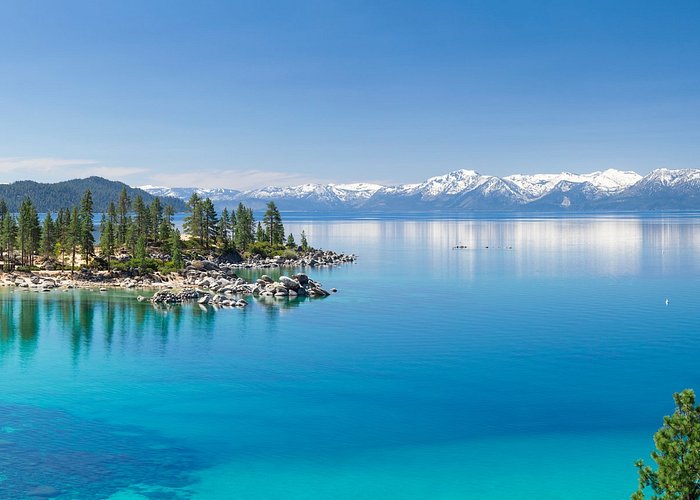
Lake Tahoe is a beautiful blue water lake in the Sierra Nevada Mountains that is clean and pure. One of its claims to fame is that it is the largest and second deepest Alpine Lake in the United States (after Crater Lake in Oregon). The lake is split about evenly between the states of California and Nevada. There are numerous wonderful snorkeling places on the California side. Almost all of them have excellent visibility.
There are a few sites in Lake Tahoe where you may do freshwater snorkeling. Sand Harbor is one of the most popular sites since it is both a family-friendly beach with shallow, blue-green seas along the coast and a superb scuba diving spot with water that gradually drops to 2,500 feet. Massive granite rocks surround the beaches’ edges, allowing you to practice jumping.
Emerald Bay, on the West Shore, is another popular snorkeling area. Following a large landslide in the region, it now houses a pair of historic wooden boats that steamers used to deliver freight, as well as an underwater forest of pine trees.
Finally, the magnificent blue waters of the D.L. Bliss State Park provide up to 75 feet of visibility. Rubicon Point, a prominent cliff-jumping destination with an 800-foot granite face, is a great place to snorkel.
During the summer, it is a popular location for both snorkelers and kayakers. Lake Tahoe is without a doubt one of the best bodies of water for exploration, diving, and vacationing in general.
Klamath River

Another great freshwater snorkeling spot in California is the Klamath River. Before reaching the Pacific, this huge river travels for 257 miles through Oregon and into Northern California. Kayaking and fishing are both popular activities on this river. Blue Creek is a popular place for snorkeling on the Klamath River. The bottom is rough, and many different species, including Steelhead and Spring Chinook Salmon, frequent the waterways.
